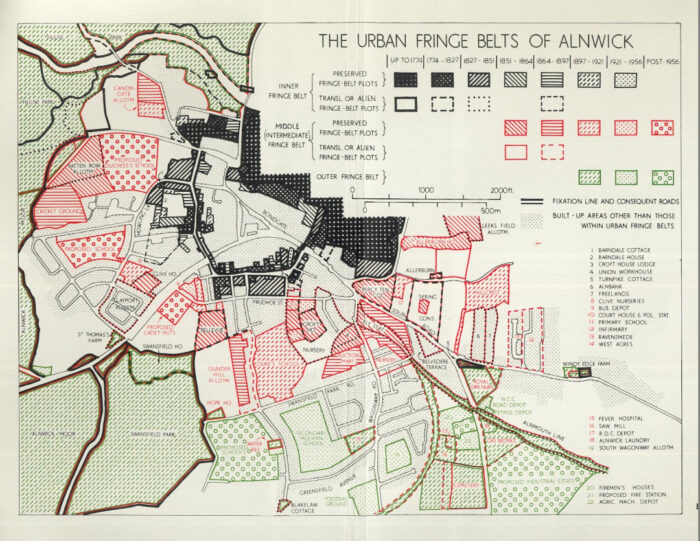眷村與城市:環境涵構的形成與演化
The Military Kindred Villages and the City: Formation and Evolution of the Context
劉為光 1 Wei-Kuang Liui
摘要 Abstract
眷村是臺灣非常獨特的都市元素,因 1949 年起大規模的軍人與軍眷移民來台,而產生的臨時性居住空間需求。然而這些眷村空間紋理與社會文化,卻根深蒂固地影響了臺灣接下來的都市發展。透過形態分析可以發現早期的眷村分布往往形成「邊緣帶」的都市形態特徵,位於舊城區的外圍,和當代城市生活產生密切的關聯。儘管在「國軍老舊眷村改建條例」頒布實施後,眷村已經被大量拆除,然而這些曾經存在的都市紋理與社會涵構,以及搬遷至高樓大廈的原眷戶在當代都市的公共生活,仍持續影響著城市的發展。因此眷村保存除了透過建築保存活化以外,如何透過生活者持續影響眷村地方感的生產,則是未來都市設計值得思考的課題。
Military kindred villages constitute a sui generis urban element in Taiwan. The massive influx of soldiers and their dependents from China to Taiwan since 1949 has generated a high demand on makeshift dwelling spaces. Therefore, the spatial texture and culture of military kindred villages have profoundly influenced the ensuing urban development in Taiwan. The morphological analysis reveals that early military kindred villages tended to be located in the outskirts of old downtowns. They usually formed a “fringe belt” and became closely connected with modern urban life in terms of urban morphology. Most military kindred villages have been demolished since the “Act for Rebuilding Old Quarters for Military Dependents” came into force. Nonetheless, the traces of such urban texture and social context, together with the public life of original village residents who have been resettled in highrise buildings, continue to influence the urban development in Taiwan. Hence, in addition to preserving and revitalizing the architectural assets of military kindred villages, the way to sustain a sense of place by virtue of residents is an issue concerning future urban design and worth further exploration.
關鍵詞:眷村、都市型態、地方感、都市設計
Keywords: Military kindred village, Urban morphology, Sense of place, Urban design
1. 中原大學地景建築學系副教授、中華民國眷村資源中心計畫主持、文化部再造歷史現場專案計畫輔導團(眷村組)共
同主持。
i. Associate Professor, Department of Landscape Architecture, Chung Yuan Christian University、Director of the Military Kindred Village Resource Center of R.O.C. (Taiwan)、Co-director of the Counseling Group (Division of Military Kindred Village) for the Ministry of Culture’s Project of Regeneration of Historic Sites.


